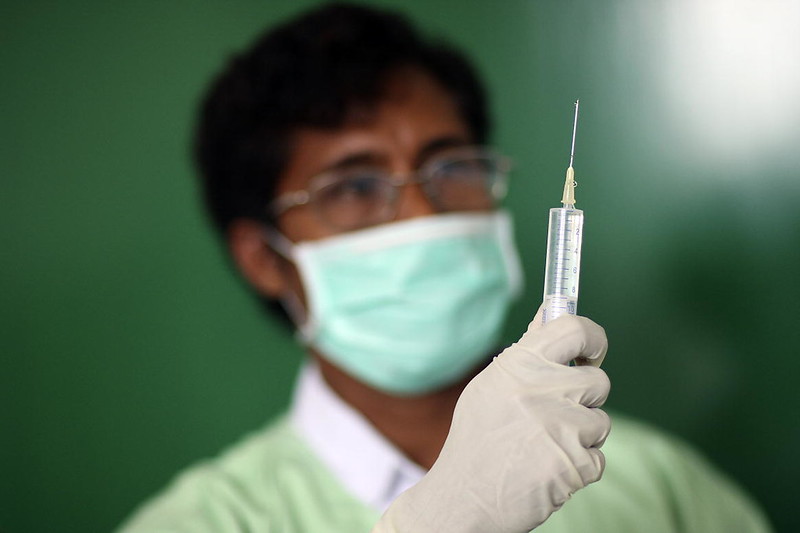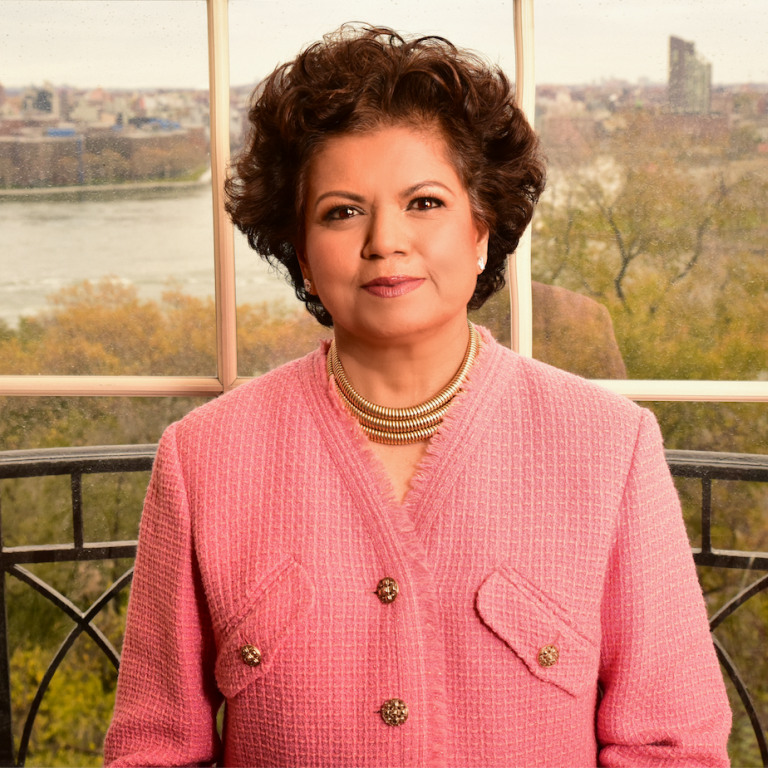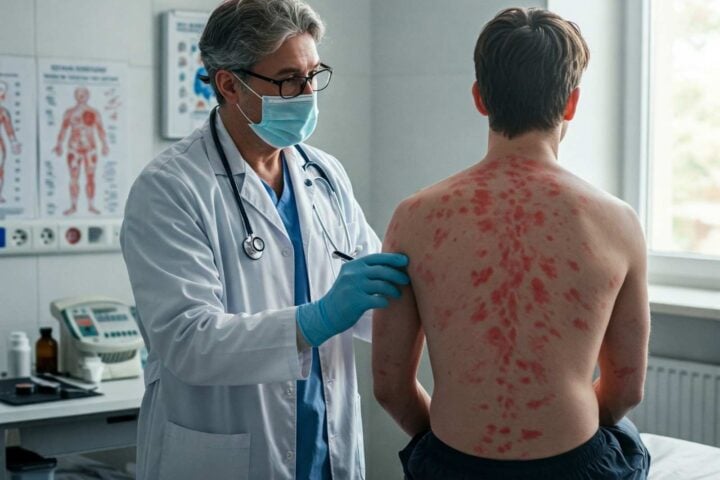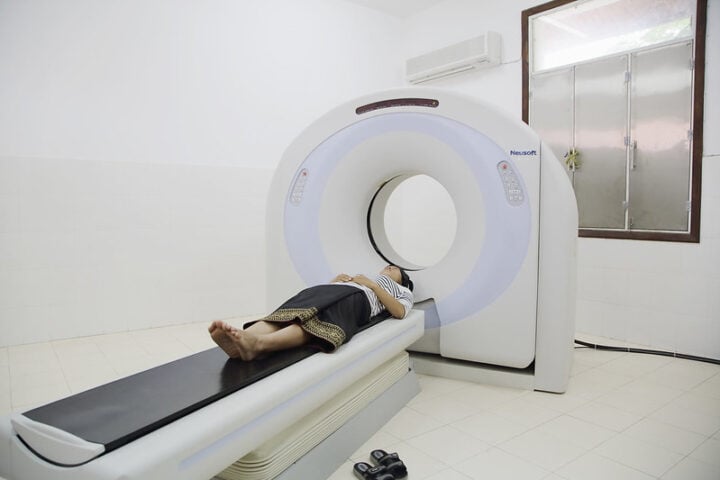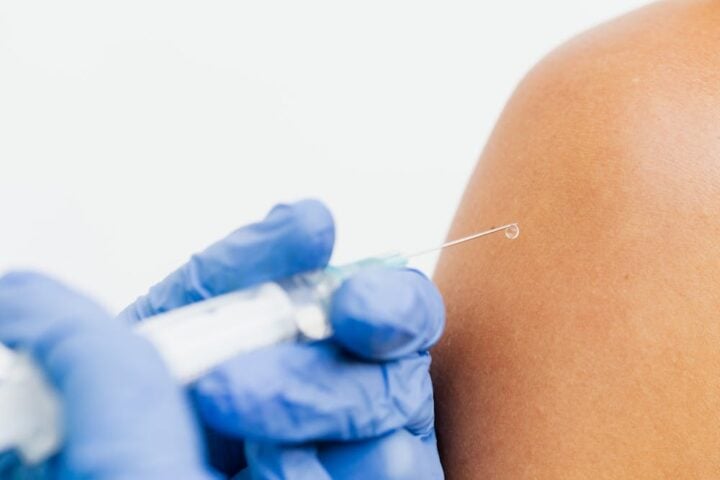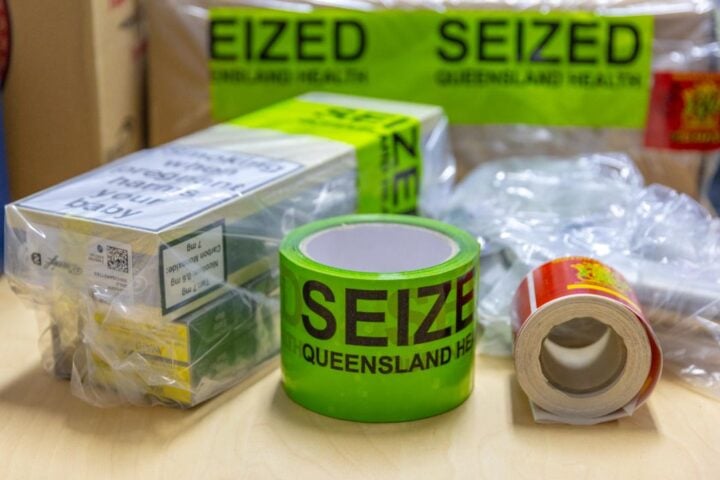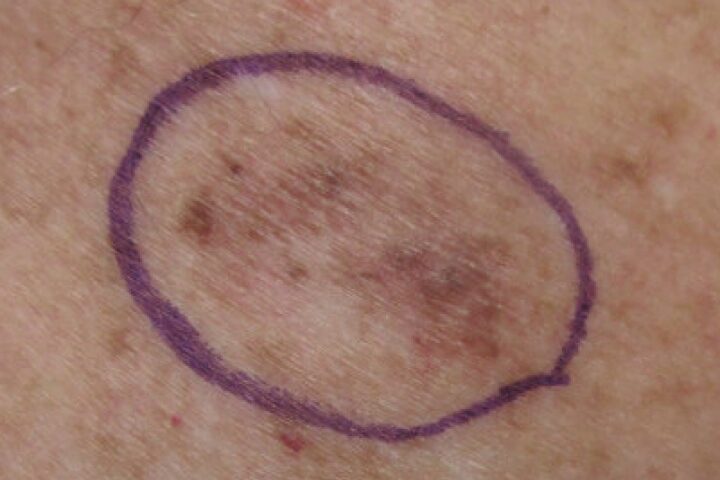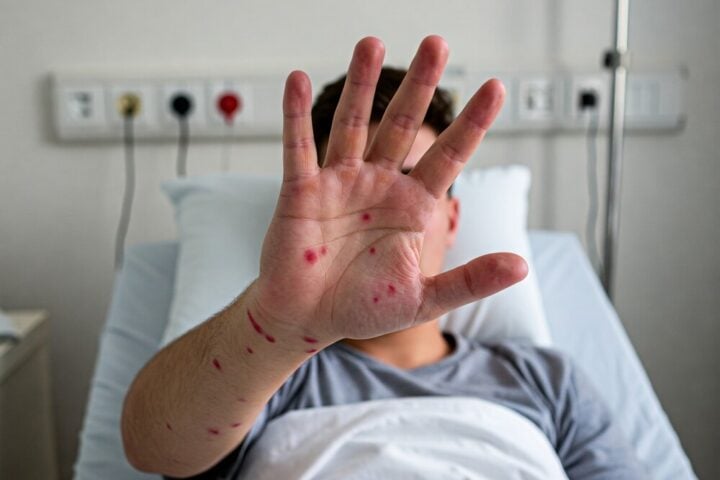The largest measles outbreak in decades has hit Texas and New Mexico, affecting 99 people so far. Texas health officials report 90 cases in the state’s South Plains area, while New Mexico has found nine cases in Lea County.
In Gaines County, Texas, where the outbreak started, 18% of students are unvaccinated – the highest rate in the state this school year. This has made it easier for the disease to spread. The outbreak has already sent many people to the hospital – 27% of people who got sick needed hospital care.
“This will spread,” warns Dr. Scott Gottlieb, former FDA Commissioner. “I think this is going to get into the hundreds of cases and could take many months to try to fully snuff out.”
The disease has reached busy cities like San Antonio and San Marcos. One sick person visited popular places including Texas State University and the San Antonio River Walk. The measles virus can stay in the air for two hours after a sick person leaves, making it very easy to catch.
Dr. Anita Kurian from San Antonio’s health department explains why this matters: “Measles is highly contagious and can lead to serious complications, especially in young children and people with weak immune systems.”
Similar Posts
Before we had the measles vaccine in 1963, the disease killed 400 to 500 people each year in America and caused about 48,000 hospitalizations annually. The vaccine worked so well that by 2000, measles was considered eliminated in the U.S. But now, many areas don’t have enough people vaccinated to keep the disease from spreading.
The current outbreak shows why doctors worry about falling vaccination rates. Several states have vaccination rates well below what’s needed to stop measles from spreading. Idaho has about 80% vaccination coverage. Other states like Alaska and Wisconsin are at about 84%, while Florida, Colorado, Oklahoma, Georgia, and Utah are around 88%.
Doctors say the measles vaccine works very well – two doses are 97% effective against measles. When someone might have been exposed to measles, they should check their vaccination records and call their doctor, especially if they’re pregnant or have young children at home.
Signs of measles include a high fever, cough, runny nose, and a distinctive rash. Someone with measles can spread it four days before and after the rash appears. That’s why doctors say prevention through vaccination matters more than trying to contain an outbreak after it starts.
This outbreak serves as a real-world reminder that old diseases can come back when vaccination rates fall below the 93-95% needed for herd immunity.
